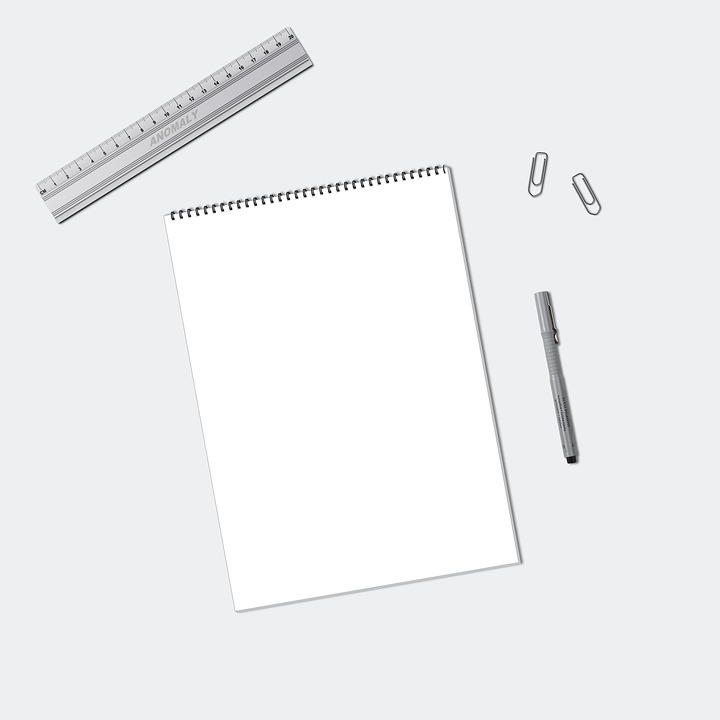In the digital age, a website is a critical component of your business’ success. A website serves as the primary point of contact between your business and your online audience, providing valuable information about your brand, products, and services.
While the content of a website is important, it is the user interface (UI) and user experience (UX) that truly make the website successful. The UI design for your website should be visually appealing and user-friendly, while the UX should be designed with the user in mind, providing an intuitive, seamless experience.
So, what exactly is the role of UI/UX in modern website design? Let’s delve into the topic further.
UI Design
UI design revolves around the aesthetics of the website. It focuses on the visual elements such as color scheme, typography, spacing, and images. UI design does not necessarily refer to only the homepage or the landing page, but it encompasses the entirety of the website.
The design and layout of your website create the first impression. A visually appealing and clean design builds trust and credibility with your audience. A chaotic and unorganized design may give a bad impression, which would result in the audience clicking off the website.
The UI design also needs to be responsive, meaning it should look good and function well on various devices such as desktops, laptops, tablets, and mobile phones. A responsive design prevents users from having to zoom in or out to view content, creating an unpleasant experience.
UX Design
UX design covers the functional aspect of your website. It is user-centric and aims to create an intuitive and seamless experience for your audience. It encompasses the user journey across your website, from navigating through the site to finding the information they need.
UX design also includes the user flow, which is the path that the user takes from one page to another. A well-planned user flow simplifies the user’s journey, resulting in better user experience.
Other UX design elements include the website speed, accessibility, and ease of use. A fast-loading website reduces bounce rates, while accessibility features such as alt-text, enable users with disabilities to navigate your website. An easy-to-use website, with intuitive navigation, results in a positive user experience.
The Importance of UI/UX in Modern Website Design
UI/UX design is vital to the success of your website as it has a direct impact on the user’s first impression, navigation, engagement, and overall experience. A well-crafted UI design with a good UX will positively influence the user’s perception of your brand, leading to an increase in engagement, conversion, and retention.
In conclusion, modern website design requires a focus on both UI and UX. A visually appealing design coupled with an intuitive user experience makes for a successful website that meets the needs of the modern online audience. Investing in a good UI/UX design results in a better user experience, which in turn benefits your brand’s reputation and online presence.





